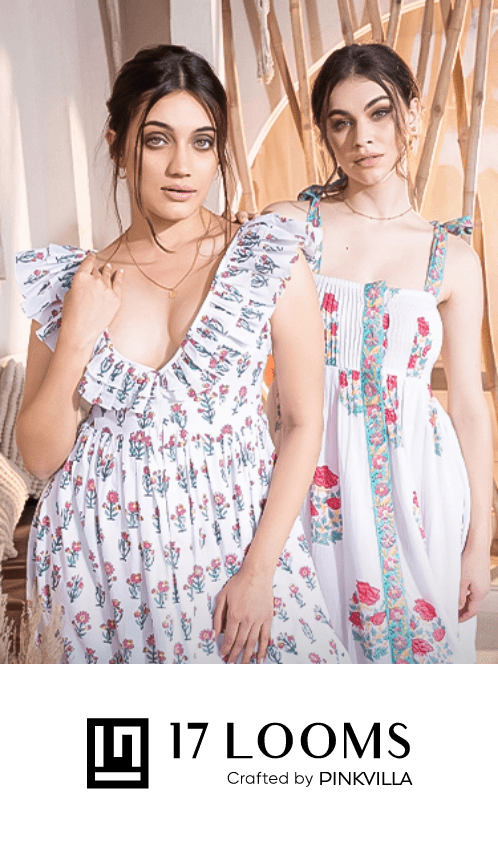For a show that thrives on historical inaccuracies, and is quite unbothered about it, adding another one of a queer love story seems only fitting. Bridgerton needs LGBTQ+ storylines, specifically romances and not just queer characters. I appreciate the devastatingly artsy queer characters with sad endings and complex storylines, but we need the fluff and angst too. We need two homosexuals on-screen gazing into each other’s souls whispering, “I burn for you” as much as we needed Simon and Daphne to nail that scene.
Netflix’s Bridgerton is a modernized period romance drama that is big on representation and inclusivity. It has garnered millions of loyal fans solely based on its glass-shattering romance beyond the stereotype. Aside from all the post-racial fantasy of Regency era glitz and glam with a hint of new age music and aesthetic, it is also deft with grandiloquent love confessions. And I would love nothing more than a heartfelt romance pumped with slow-burn love that brews between two homosexual characters as leads. Why? Because love is love. And the times they are a-changin’.
But Bridgeton and its Spin-Off had sprinkled some queer love on screen before:
Much awaited and long overdue.
While the gay lovers Brimsley and Reynolds received the warmest welcome as they arrived with Queen Charlotte in her spin-off series, season one’s Henry Granville (played by Julian Ovendon) and the other by-passed minor character Lord Wetherby did not seem to be doing much in terms of queer representation. At the art-parties organized by Henry, there were crumbs of lingering touches and eye-contacts between budding lesbian and gay characters in the far background.
When Benedict, played by Luke Thompson the second oldest Bridgerton, met Henry Granville, a popular London-based artist, they inarguably sparked some chemistry. Henry’s libertine lifestyle rife with art, poetry, alcohol, and orgies did tease a potential queer romance between him and Anthony’s seemingly spare brother.
But the idea was put out surprisingly fast considering the progressiveness quota of the show. Though hypersexualizing the gays is not the answer. Happy endings must include LGBTQ+ stories lest they fail to meet the standard this show has already set.
Honestly, Benedict and Henry would have made more sense than the half-baked romance between Benedict and Madame Delacroix that dropped out of nowhere. However, Benedict is not the only Bridgerton sibling having potential of a queer romance. Eloise has been sparking the gay debate online this season, I’m sure Lady Whistledown is already aware of it.
Julia Quinn who authored the original books said to Out magazine, “A gay lead on Bridgerton sounds like a good idea to me because the objective of the saga has always been to show that all people deserve a happy ending.”
If there was an idea, there should be an assemblage of events to make it the new reality. That’s what the showrunners of series based on books are equipped with – to take what exists and make it better by putting unique yet relevant content together. They are practically Nick Fury.
Besides, there are eight Bridgerton children each of whom are set to have their own unique love storylines and you’re telling me none of them are queer already? Blimey!
Why does Bridgerton of all the other romance dramas require Queer representation?
I’m sure people are tired of hearing, ‘They cannot show a queer romance in the show since in the Regency era it was illegal’, ‘Not every romance drama requires gay love stories’, ‘The books do not have any queer protagonists’, etc. Well, guess what? Back in the Regency era, society was so underdeveloped that even social satirist Jane Austen had to keep her works an open secret. Forget the racially inclusive ecosystem Bridgerton is being hailed for.
Besides, a wedding is not the culmination prize of a happy ending. A story of love is… And it can be between two human beings in multitudinous manners despite spatio-temporal constraints because love finds a way. Though Queen Charlotte makes the rules here, I don’t. So far, they’ve covered BIPOC representation, slammed body-shamers, glorified sexuality and sensual desires in women, and hailed men of different societal and class backgrounds with varied interests. Why shy away from the queer representation then?

Following Simone Ashley’s desi-rich entry as Viscountess in season 2, season 3 lead Nicola Coughlan dazzled in shades of blue and green as she breached the society’s sensuality standard one Lady Whistledown edition at a time.
Nicola Coughlan ecstatically confessed to Pride, “I’m desperate for it. I cannot wait.” She hailed the expressiveness of the show and how vibrantly they portray intimate emotions so effortlessly which is why she said, “I think there’s so much space there for queer love stories, and I think all love stories deserve to be celebrated.”
Julia Quinn said to Cosmopolitan Spain that she is on board with a queer love story headlining a future season of Bridgeton and it’s up to Shonda Rhimes now. This show has tackled colorism, racism, body-shaming, ageism, etc. in its own light-hearted yet dramatic manner.
The main point of interest from now on is a proper nod to LGBTQ+ love because, after all the rain of hetero romances, there must come a rainbow of progress and acceptance.








